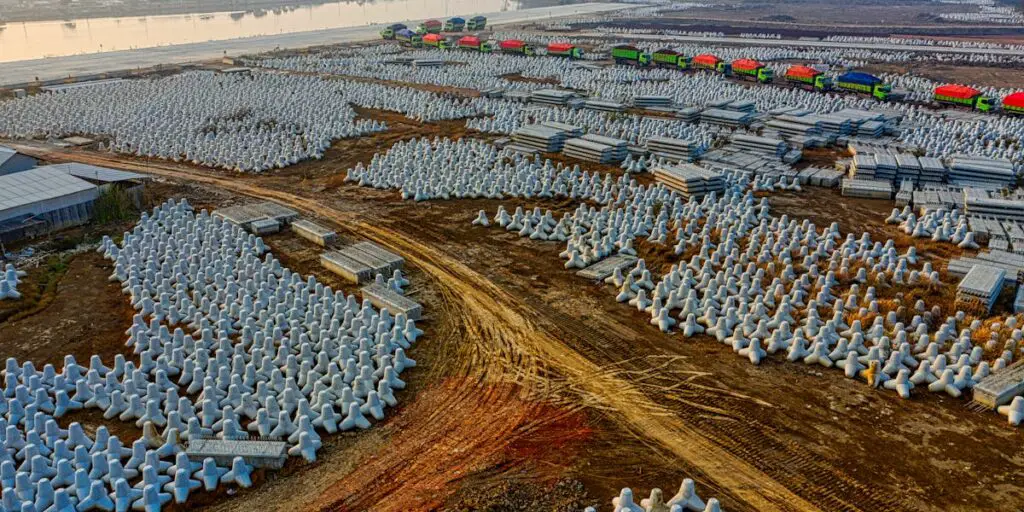What Are the Different Requirements in Development Planning?
Development planning refers to a systematic process aimed at achieving socio-economic development by efficiently utilizing available resources. It involves identifying objectives, prioritizing goals, and implementing strategies to address issues such as poverty, inequality, infrastructure gaps, and environmental challenges. The success of development planning depends on meeting several critical requirements.
1. Comprehensive Data and Research
– Development planning requires accurate and up-to-date data on economic, social, and environmental factors. This helps in assessing the needs and priorities of different regions and populations.
– Research and analysis are essential to identify trends, challenges, and opportunities.
2. Clear Objectives and Priorities
– Defining clear and measurable goals is crucial for effective planning.
– Objectives should align with national development policies and international commitments, such as the Sustainable Development Goals (SDGs).
– Prioritization ensures that resources are allocated to sectors and regions with the most urgent needs.
3. Resource Mobilization
– Development planning necessitates the availability of financial, human, and natural resources.
– Mobilizing funds through public revenue, private investments, and international aid is critical for implementing projects.
4. Institutional Framework
– A robust institutional framework is required for effective coordination, implementation, and monitoring of development plans.
– Institutions at national, state, and local levels must work in harmony to avoid duplication of efforts and ensure accountability.
5. Participation and Inclusivity
– Development planning should involve active participation from diverse stakeholders, including governments, private sector, civil society, and local communities.
– Inclusivity ensures that the voices of marginalized and vulnerable groups are heard, leading to equitable development outcomes.
6. Capacity Building
– Strengthening the capacities of institutions and personnel involved in planning and implementation is essential.
– Training programs, technical expertise, and access to modern tools and technologies improve the effectiveness of development initiatives.
7. Flexibility and Adaptability
– Plans must be flexible to adapt to changing circumstances, such as economic fluctuations, natural disasters, or technological advancements.
– Regular reviews and updates ensure that plans remain relevant and effective.
8. Environmental Sustainability
– Integrating environmental considerations into development planning is crucial to ensure the sustainable use of resources.
– Plans should aim to balance economic growth with environmental conservation.
9. Monitoring and Evaluation
– A robust monitoring and evaluation system tracks the progress of development projects and identifies areas for improvement.
– Performance indicators help measure the impact of initiatives against set objectives.
Example of Development Planning in India
India’s Five-Year Plans (1951–2017) illustrate the systematic approach to development planning, focusing on areas like poverty reduction, industrialization, and rural development. Programs like MGNREGA, which provides employment in rural areas, reflect the integration of inclusive and sustainable objectives into planning.
Conclusion
Development planning is a complex and dynamic process that requires careful consideration of data, resources, institutional capacity, and inclusivity. By addressing these requirements, governments and stakeholders can design and implement effective plans that foster equitable and sustainable development. Strengthening monitoring mechanisms and adapting to emerging challenges are critical to ensuring long-term success.





